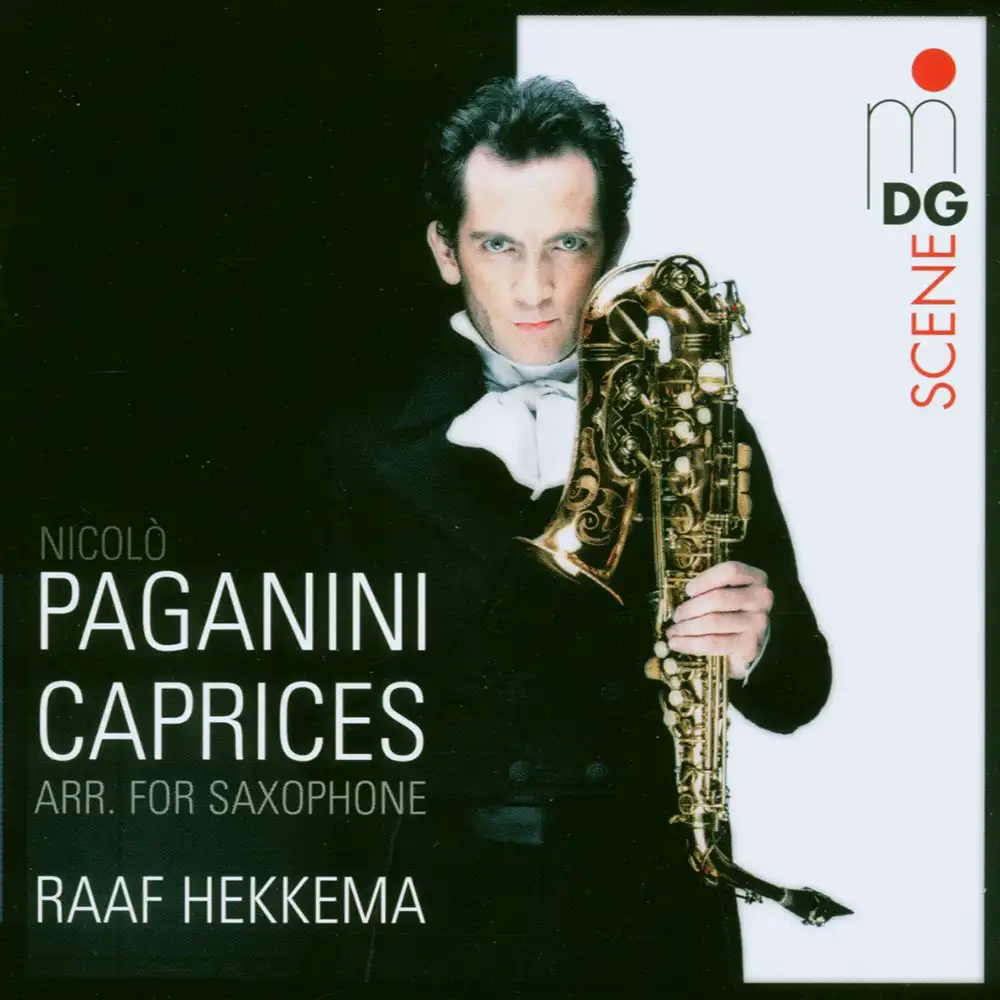Description
Raaf Hekkema: In 2012 I recorded, purely for personal use, all the Bach solo arrangements I had made up until then, including the first four movements of the second partita. After listening to them I realized that my self-imposed decree to keep my hands off the chaconne from that partita, suddenly no longer seemed etched in stone. So I took a stab at producing a convincing version of it. Following my Paganini formula, I first made an ‘analytical’ version: one that would do justice to the construction of the music, disregarding all thoughts of what might be fun to play. An important step, because otherwise you end up taking the instrumental route too soon. Bach’s music is implicitly polyphonic: a melody usually contains more than one voice, played in turn and together forming the melodic curve as a whole. The register and relationship between the voices largely determine the buildup of tension in the music. This applies to nearly all of Bach’s music, but in the violin works he often uses multiple strings simultaneously to explicitly underscore the polyphony. So first I had to find a credible solution for the issue of polyphony. After that the other me would get his chance: the saxophone player who had free rein to determine what sounded good and, perhaps more importantly, where the advantages of the saxophone over the violin (arpeggios, for instance, are easier to play on the saxophone) could be put to good use. In this inner collaboration, the analyst constantly had the upper hand, for we were talking about a meticulously constructed work by the greatest musical architect ever. The resulting version satisfied both my identities: the analyst and the instrumentalist. With a sense of liberation I set to work on the remaining movements of the partitas, which went with hardly a hitch.





